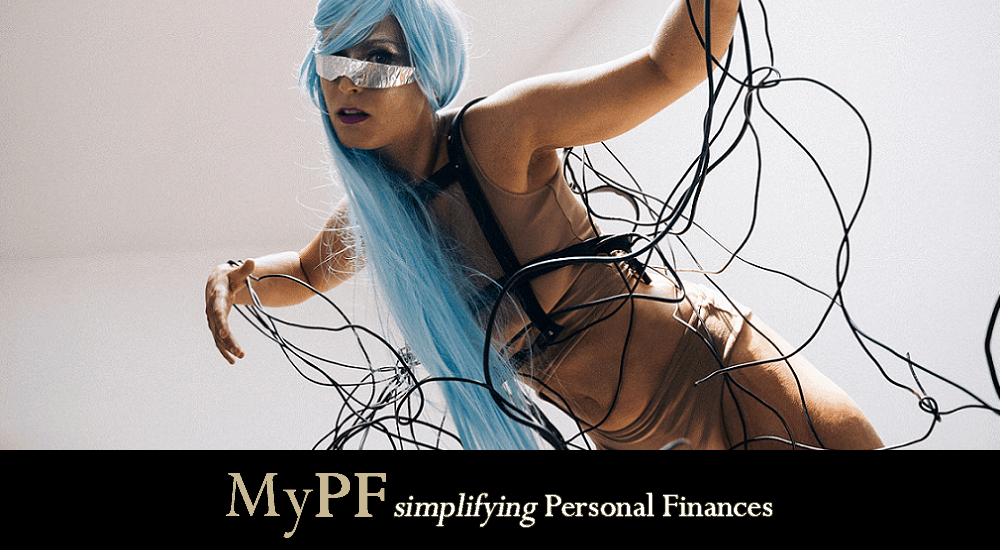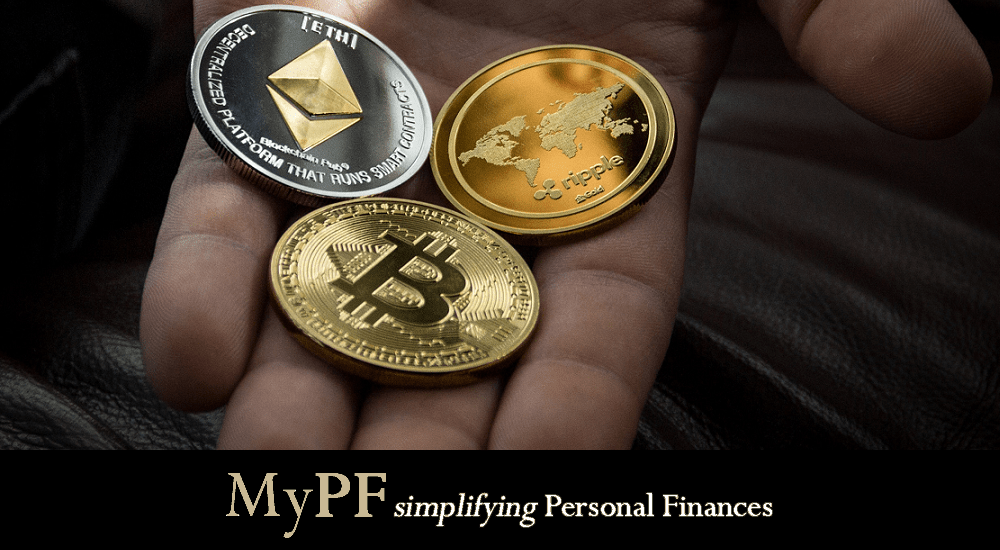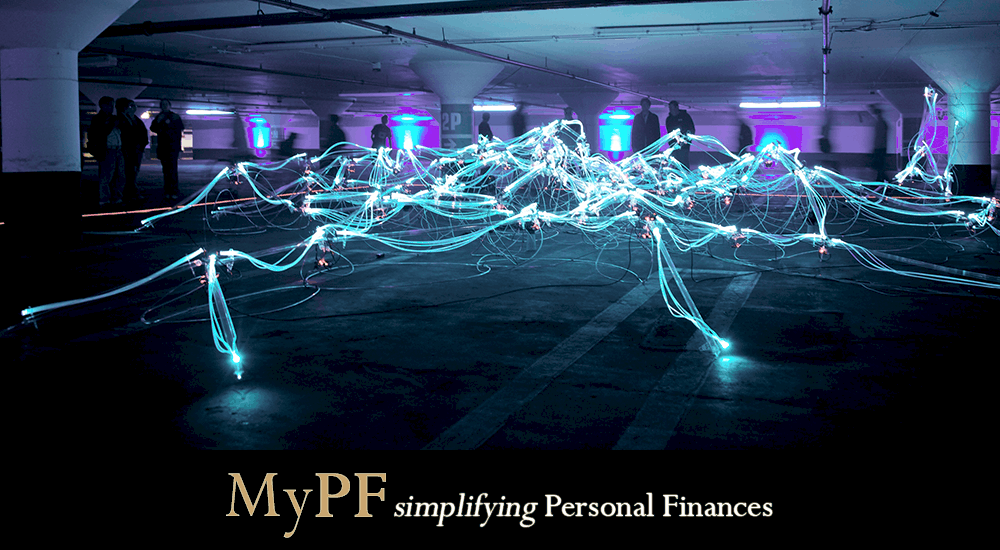Non-fungible tokens (NFT) are making waves in the cryptocurrency world. We tell you what NFTs are about as well as some pros & cons.
The topic of cryptocurrency in Malaysia has entered the Zeitgeist of financial technology culture in the country. One hot topic related to cryptocurrency is famous artists and their use of Non-Fungible Tokens (NFTs).
NFTs are best described as individual pieces of crypto art, or visual records empowered by blockchain technology that are essentially stored as digital assets.
As NFTs gain popularity, people all around the world are curious to know and understand more about this strange, powerful and seemingly controversial digital phenomenon, as well as whether it’s worth looking into as a means of financial or investment diversification, as well as its potential to improve the current financial technology Malaysia has to offer. Here’s what you need to know, along with some pros and cons of NFT.
Contents
What is NFT?
An NFT is a one-of-a-kind cryptocurrency token that can be anything digital, including art, GIFs, and even Twitter CEO Jack Dorsey’s first tweet. Because the crypto art craze is still relatively new, none of the data currently available has been examined by outside specialists.
There’s a heated debate on NFTs’ potential contribution to long-term environmental damage caused by millions of tons of carbon dioxide emissions from the cryptocurrencies used to purchase and trade these intriguing digital art pieces. As cryptocurrencies require a form of digital mining which in turn requires a serious amount of technological hardware.
On the other hand, artists and followers can build a more formal relationship through NFT art. The blockchain certifies your ownership of a piece of art, which is often a one-of-a-kind artwork being sold. While others may be able to appreciate the artwork, you are the only one who has the certificate of originality. It is a method for digital artists to get paid for their work in a way that was previously unthought of.
Pros of NFT
Pro #1. Unique
When someone buys an NFT, they get ownership of a one-of-a-kind token that exists exclusively on the blockchain.
If someone purchases an image or meme, they can own it on the blockchain, but they have no control over distribution rights. In most situations, when you buy an NFT, you are not buying content, but rather a token that links your name to the artist’s art on the blockchain. The digital tokens, on the other hand, follow the same depreciating principles as bitcoin.
NFTs provide a channel via which actual objects such as art pieces can be tokenized, preventing duplication, and limiting ownership to the artist. This, in turn, produces scarcity and, as a result, value for the artwork. At least, that’s the general idea and argument behind creating unique blockchain-powered digital pieces.
Pro #2. It Provides Investors More Liquidity
When assets are tokenized, investors have more control over their assets when they need them.
A virtual landowner, for example, might opt to rent out his or her virtual property to advertising or influencers for a charge while still owning the land. In this example, the virtual land still belongs to the owner, but a portion of it has been liquified as rent.
In fact, asset tokenization is a nifty way of converting ownership rights for assets into digital tokens via blockchain technology and has been used for virtual assets, financial instruments, physical assets and even physical real estate. It’s an interesting development that investors should definitely take note of because real valuable diversification opportunities could exist within the realm of digital tokenization.
NFTs work well for representing digital art, but not many people realize that the concept can also be applied to real estate in order to grant investors more control over their assets.
There’s already some developments made towards using NFTs to transfer real ownership of physical properties. The founder of TechCrunch, Michael Arrington is selling his Kiev Apartment as a prime collectible asset with digital ownership rights, and this could be the historical beginning of many more real-estate related NFT transactions.
Pro #3. Potential for Growth and Development
NFTs can help the land sector grow and thrive. In real estate, for example, owning and controlling virtual lands gives you the authority to select what you want to do on your land, and tying NFTs to land pieces has shown significant promise for growth and development. You have the option of renting it out, establishing a stable and secure business for advertising, or selling it online.
Cons of NFT
Con #1. Sustainability
The question of sustainability has dominated the NFT and crypto scenes with Elon Musk bringing up the issue of energy wastage which led to the subsequent dip of Bitcoin’s value in the market. There’s a lot of debate about the energy used in crypto production, with varying opinions, statements and stances on the issue.
On top of that, NFTs are linked to greenhouse gas emissions. This is because NFTs are mostly bought and sold on Ethereum-based marketplaces like Nifty Gateway and SuperRare. Ethereum, like most major cryptocurrencies, is based on a technique known as “proof of work,” which consumes a lot of energy. On Ethereum, there is a cost for completing a transaction, which is humorously referred to as “gas.”
The sale of Canadian music artist Grimes’ (mother of Elon Musk’s youngest child) collection of short films, which she and her brother developed, is perhaps one of the most highly discussed cryptoart transactions of recent times. The NFT-related videos fetched a whopping $6 million. This watershed moment in the history of NFTs presents a critical concern about their environmental impact as according to artist Memo Akten‘s recently defunct cryptoart carbon footprint calculator, the sale of Grimes’ video collection utilized as much energy as an average EU inhabitant would in over three decades. This watershed moment in the history of NFTs presents a critical concern about their environmental impact.
One thing is quite certain, blockchain energy usage is a significant add on to the accumulated ensemble of problems surrounding environmental sustainability. There are currently predictions that the technology will progress towards better sustainability in the future so we keep our fingers crossed.
Con #2. Ownership Rights
As NFTs have gotten more prominent, the music industry has become a battleground. When it comes to an NFT-linked music sale, the matter of copyright ownership is just as problematic as the amount of energy consumed.
Indeed, there has been an increasing number of recent disputes in the music industry, in which artists have initiated legal action against the purchasers of their NFT-related songs. The most typical defence offered by sellers is that they are selling the experience of owning the original version of the song rather than the ownership rights themselves.
Con #3. The Speculation Bubble
One of the most important threats to NFTs’ long-term viability is the belief that the technology is nothing more than a speculative bubble.
Cryptoart is currently riding a wave of speculation, and many financial as well as technology leaders suspect that it will shortly drop in popularity. Some have compared NFT-related art to other blue-chip phenomena, which do well for a while but then fade away.
As confusing as it may seem to many, NFTs really are quite similar to fine art pieces that hang in physical galleries. There’s no intrinsic value except for what is subjectively decided by the viewers of the art. That’s what most art is anyway. Beyond basic necessities, human beings are always prone to creating their own sense of value in things that don’t necessarily have any to begin with. That’s why branded merchandise, luxury goods and expensive art pieces all still exist to this day.
The problem is that NFTs are being created at massive volume by countless people around the world, and not many of them will be considered nearly as important or noteworthy as they expect down the line. The NFT pieces that stand the test of time are produced by famous artists, celebrities and other influential figures who have weight to add behind that perceived value.
In Closing
In the end, NFTs, cryptocurrencies and all derivatives stemming from the blockchain technology revolution are filled to the brim with promise and potential. However, these concepts may be too new and too smothered in hype to see the true extent and place of their value.
What we can see is that blockchain and NFT capabilities can offer real, practical utility in various facets like financial or information security and impeccable certification. In that sense, NFTs might pave the way for exciting developments down the road.
As it stands, financial investors should tread carefully, especially if they cannot wrap their head around the complexities of blockchain. Do your due diligence and wait for the right moment before investing into NFT-related opportunities especially if it’s in a bubble.
Are you using NFTs?







Leave A Comment